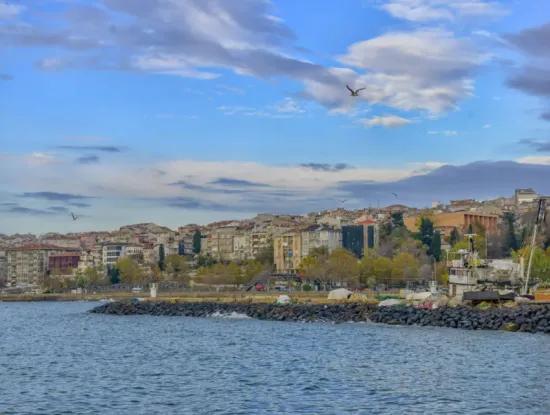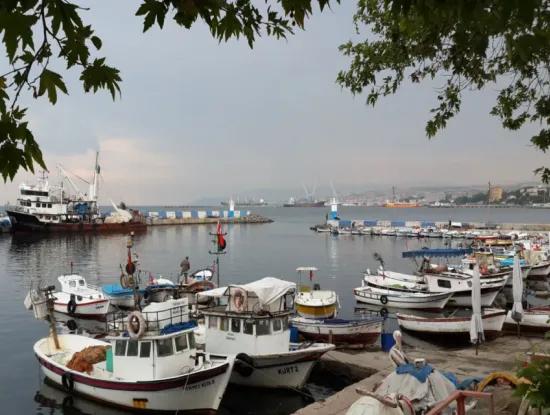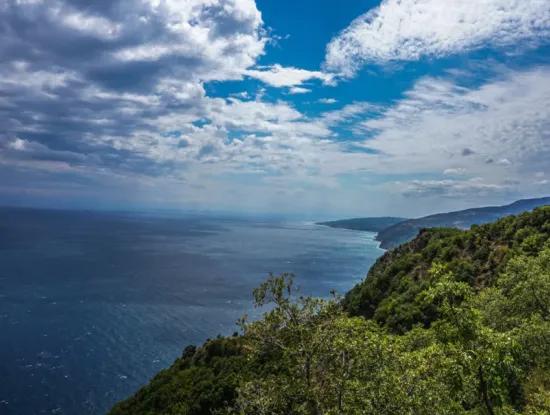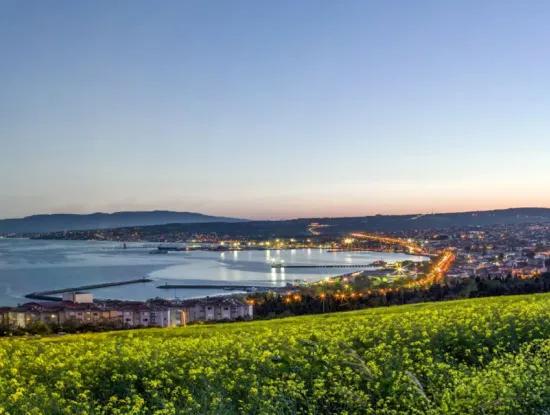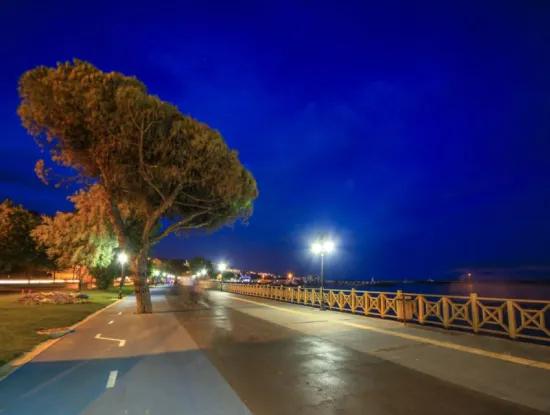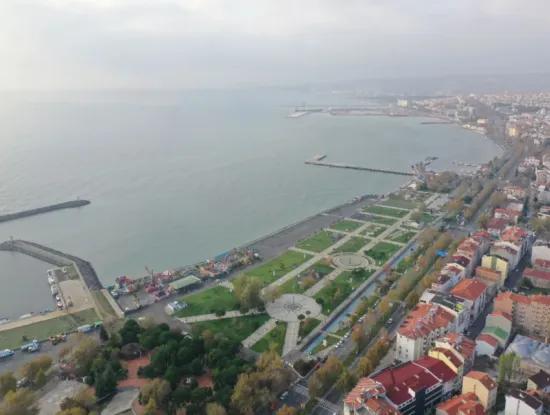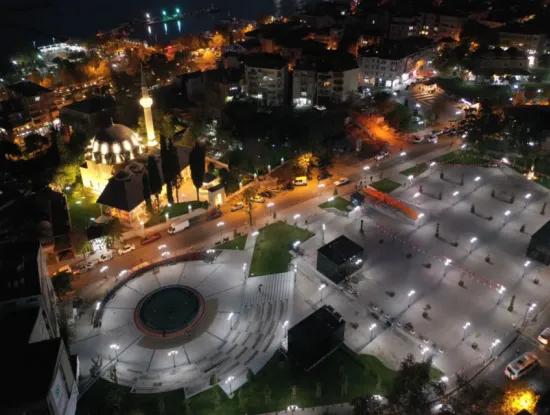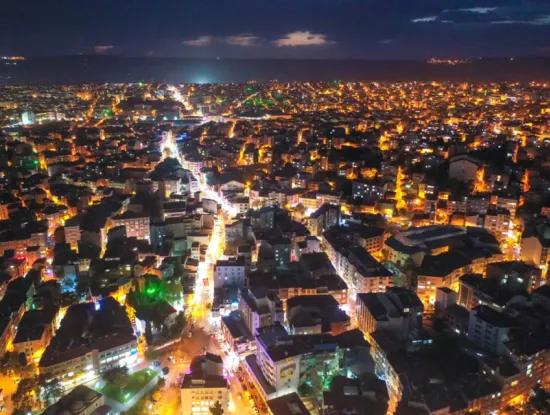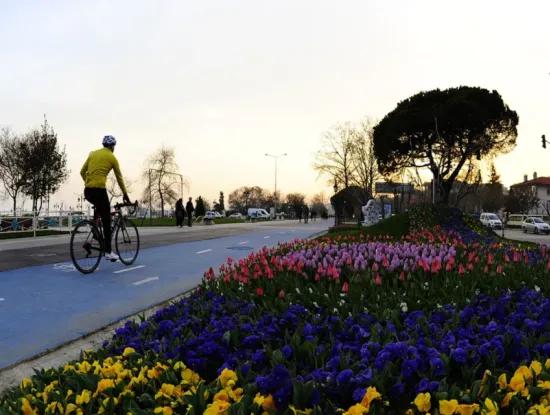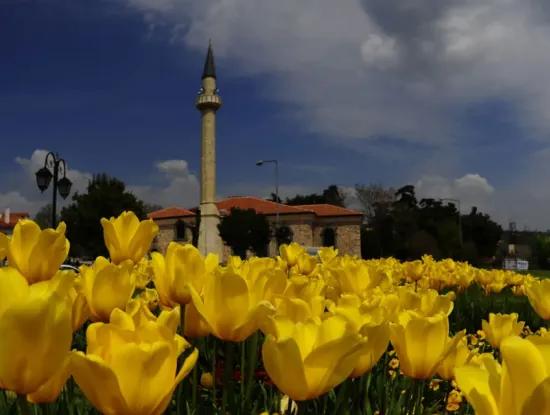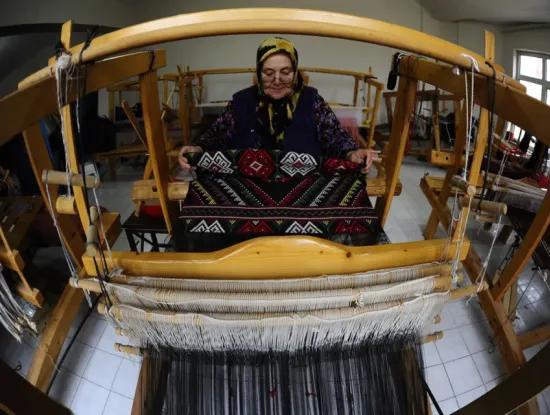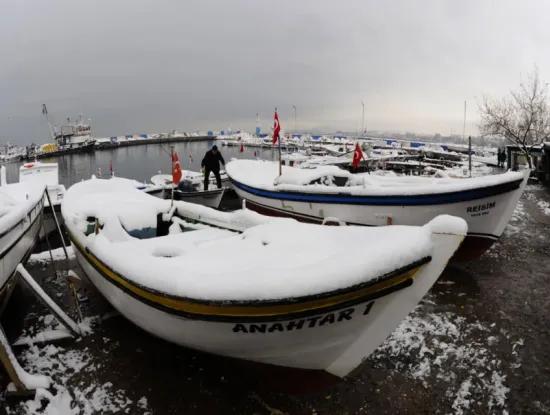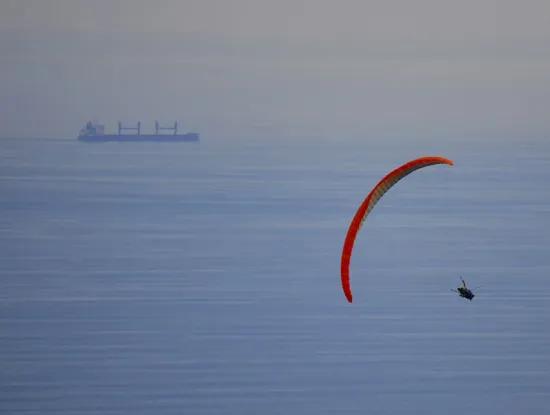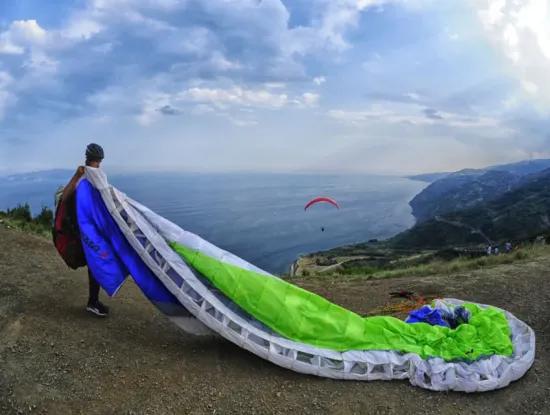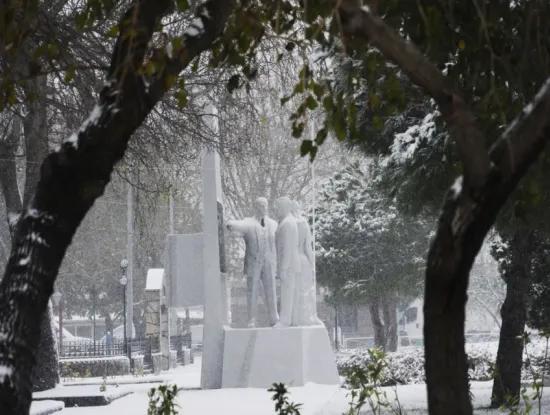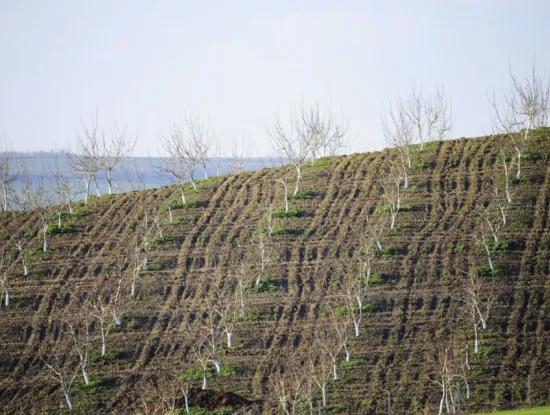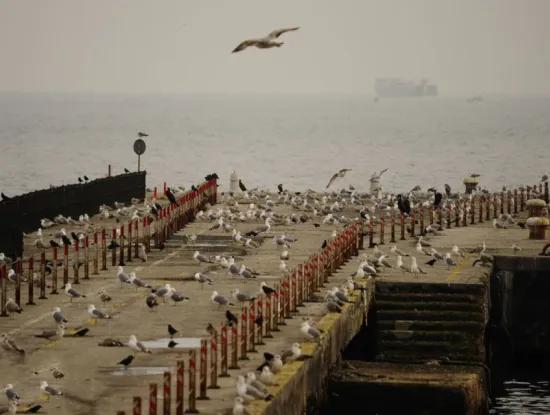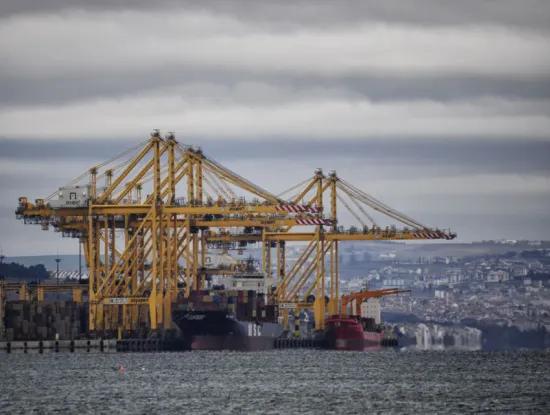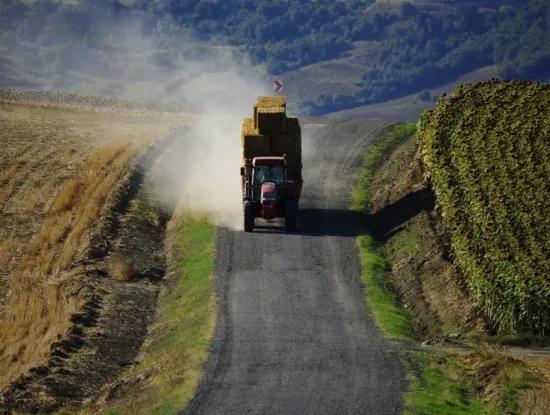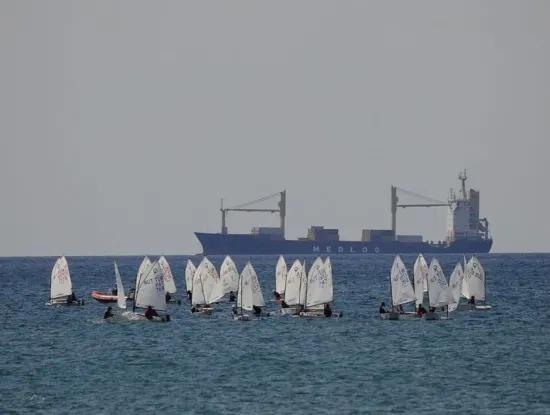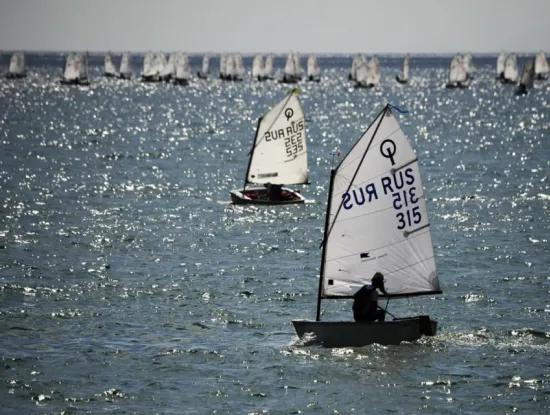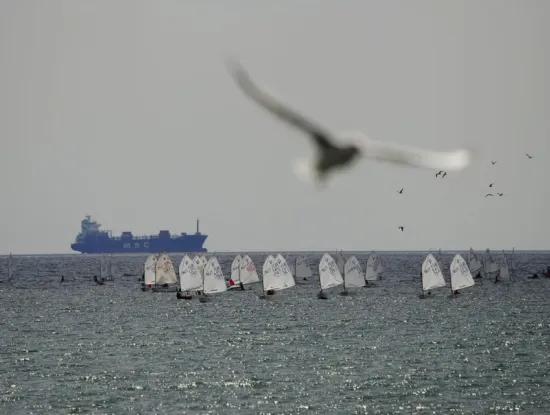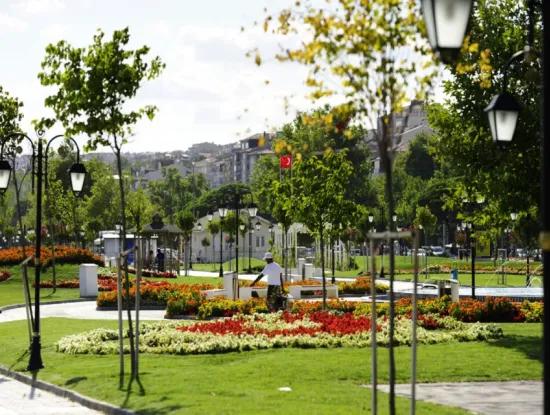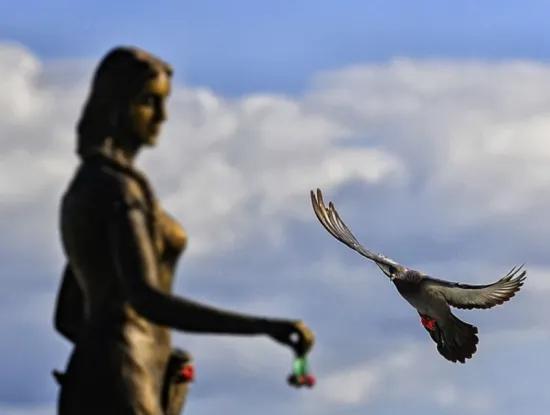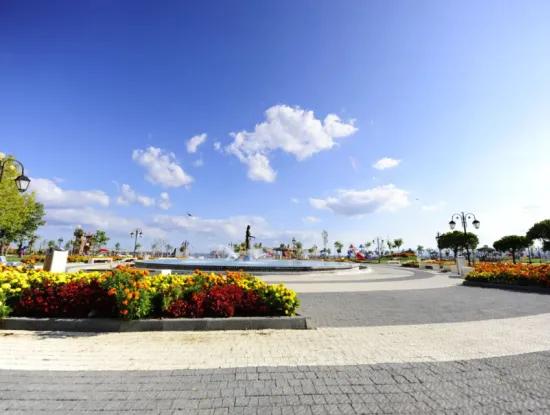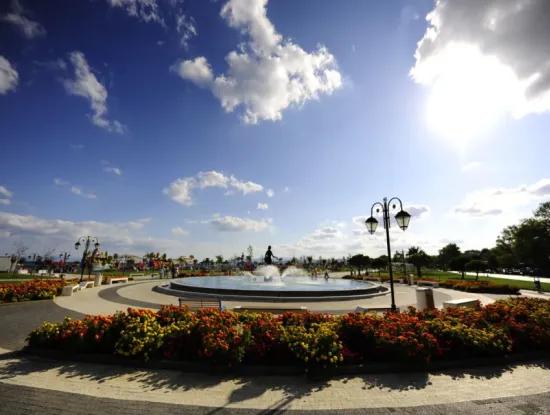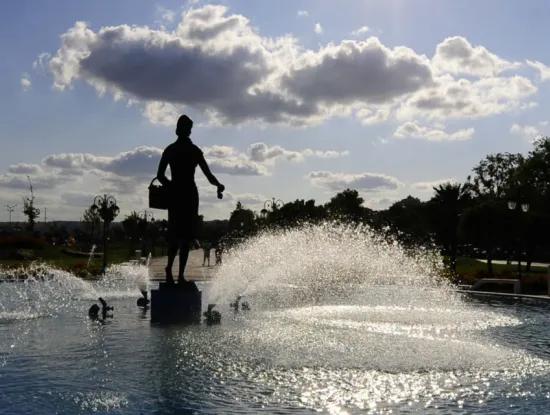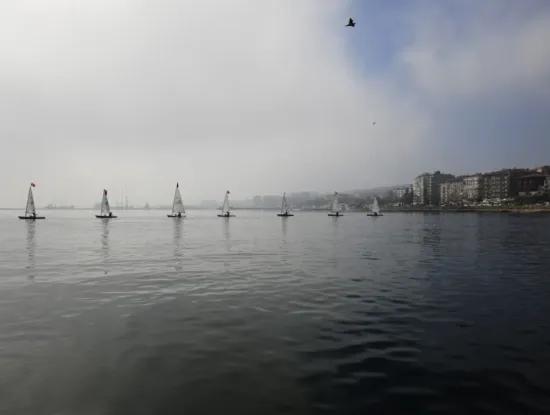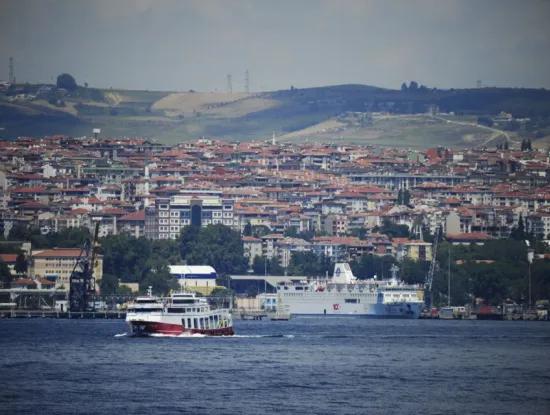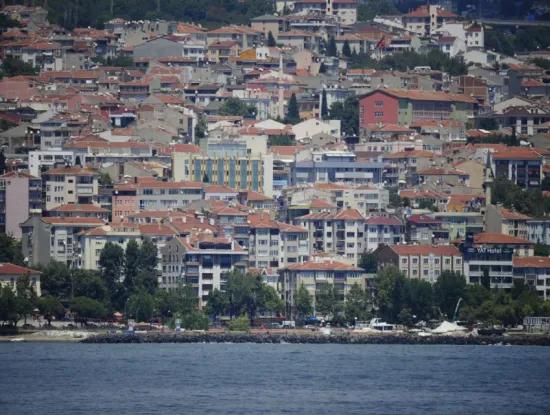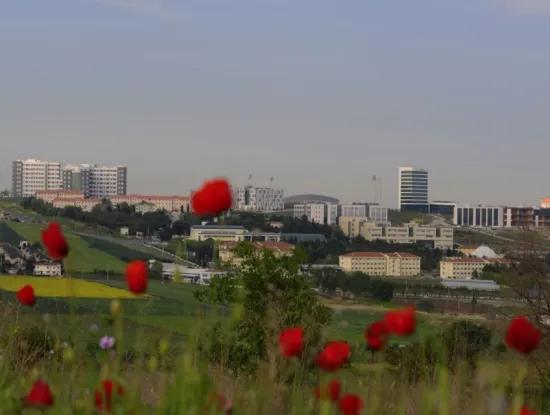Tekirdağ has a settlement of about 6,000 years. Due to its fertile lands and its location between Anatolia and the Balkans, it has been under the domination of various cultures and tribes in history.
In prehistoric and posthistoric times, inhabited places have been identified. Finds belonging to the Chalcolithic Age have been found in Güngörmez and Güneşkaya Caves in Şarköy district and Toptepehöyük in Marmara Ereğlisi. According to the researches made on the coastal strip surface of Tekirdağ, it is understood that it is a dense settlement belonging to the First Bronze Age. A great wave of migration occurred in Thrace during the Last Bronze Age and the Early Iron Age.
Thrace, 7th century BC It was opened to trade with the establishment of Greek colonies in the twentieth century. In this period, cities were established on the Marmara coast of Thrace. After the Scythian Expedition of the Persian King Dereus in 514-513 BC, the Persian rule continued until the Attik-Delos Naval Union, which was established by Athens against the Persian danger in 478-477 BC, cleared the Persians from Thrace. In 342 BC, King Philip II of Macedon annexed Thrace and annexed the Kingdom of Odrys to himself. After the death of Philip's eldest son Alexander, Thrace came under the rule of Lysimachos.
The developments that started with the Roman Emperor Tiberius sending a governor to Thrace resulted in the establishment of a Roman Province in Thrace by the Emperor Claudius in 46 AD. Thrace remained under Roman rule for many years. Thrace, which remained within the Eastern Roman Empire with the division of the empire into two in 395 AD, began to pass to the domination of the Turks in 1354 with the landing of the forces under the command of Süleyman Pasha at Gallipoli. In 1356, Şarköy and Malkara were captured, and in 1357, Murat I took Tekirdağ and Çorlu under Turkish rule.
The lands of our province, which were subjected to Bulgarian occupation in the Balkan Wars (1912), were liberated from enemy occupation in 1913. After World War I, the Greek forces, benefiting from the privileges given by the Armistice of Mudros, occupied Tekirdağ on July 20, 1920, but the Greek occupation was ended on November 13, 1922 and the lands of Tekirdağ passed back to Turkish administration.
As a result of the new organization initiated in accordance with the Teşkilat-ı Esasiye Law dated January 20, 1921, Tekirdağ became a province; Under the difficult conditions of the War of Independence, organization could not be achieved immediately, and just before the proclamation of the Republic, it could be turned into a provincial center on October 15, 1923.
Our province, which was known as Bisanthe (5th century BC), Rhaedestus (343 BC-AD.843), Rhodosto (843-1358 AD), Rhodeschuk (1358 AD.1358-With the conquest of the Ottomans), Tekfurdağı (1732 AD) in the historical process, was called "Tekirdağ" after the declaration of the Republic.
On December 6, 2012, with the Article 2, Article 24 of the Law No. 6360 published in the Official Gazette, Süleymanpaşa district consisting of villages and municipalities within the borders of Tekirdağ Central District and a municipality with the same name were established in Tekirdağ province, with the neighborhoods of Tekirdağ Municipality as the center. Süleymanpaşa district took its name from Şehzade Süleyman Pasha, the conqueror of Rumeli, the son of Orhan Gazi, who made Rumelia a permanent Turkish territory.



